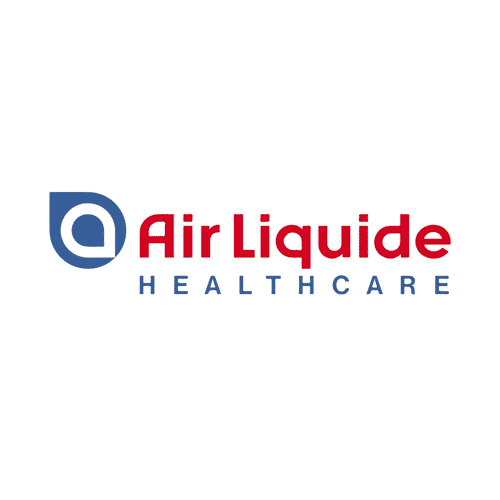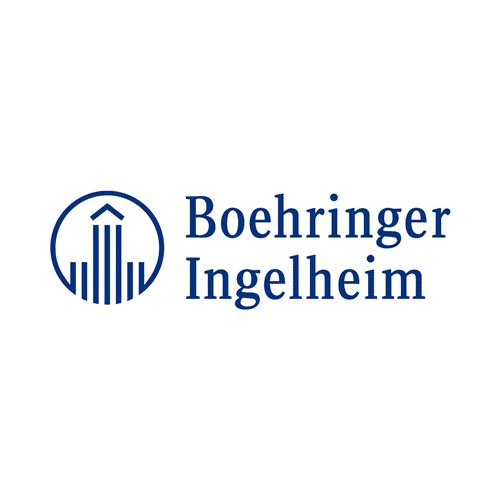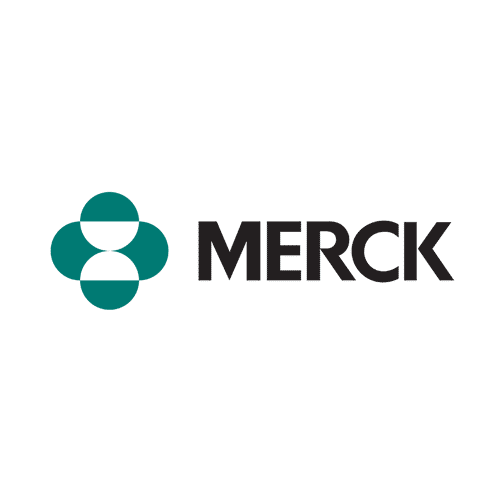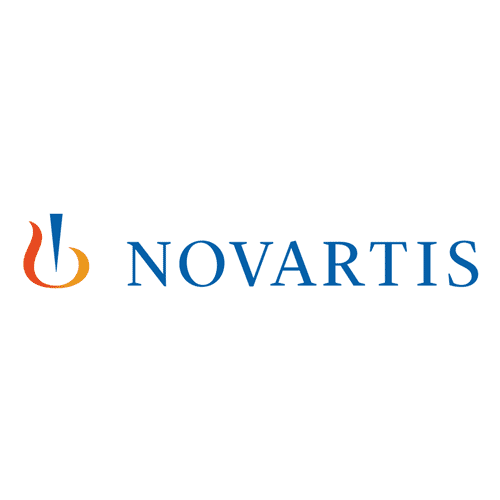
Value-based healthcare

Improve patients’ quality of life by adding more value to care pathways
Our specialized team supports healthcare players in projects related to the concept of Value-Based Healthcare, from identifying its impacts and associated opportunities, exploring new reimbursement models, addressing issues linked to patients’ quality of life, to improving patient pathways to bring more value to the different stakeholders throughout the journey.
They trust us









The challenges related to value-based healthcare
As the models around value-based care and connected reimbursement models constantly evolve, it is particularly difficult for healthcare companies to navigate in those waters. Each of the 6 pillars of the VBHC model is a challenge the HC industry can tackle, at least in part, through dedicated cross-functional programs or activities. We chose below to highlight 3 transversal challenges:
The pharma industry must decide how and how much they want to transform their structure to meet future requirements of value-based healthcare. Questions can be for example about pharma’s role in care pathway, or the level of integration of patients into the R&D process (to ensure that patients voice their real needs and drugs that are developed meet these needs). Likewise, pharmas must decide if they want to move beyond outcome measurements and taking additional roles such as being service providers for patients or even take over some parts of the actual treatment. In any case pharma needs internal and external multistakeholder engagement in order to push such shift. This can mean close interactions with patients and patient organizations as described above, engage with many different stakeholders and departments within the company to be able to develop new value-based healthcare initiatives. Or partner with disruptive companies to incorporate knowledge that pharma doesn’t have, for example about AI-based IT structures.
What are possible roles of pharmas in value-based healthcare initiatives? How can pharma companies incorporate the idea of value-based healthcare into R&D and the pharma structure?
While the continuously evolving innovative treatments that pharmaceutical companies develop can completely change a patient’s experience from needing decades on chronic care to potential one-time injections, the related costs can be tremendous. Costs can mean the developmental costs for pharma as well as the treatment costs for the health care system. To tackle these high costs, it is important to create new and innovative financial risk-sharing and reimbursement options between healthcare providers (e.g., hospitals, or primary care), payers and the pharmaceutical industry. This will allow patients access to innovative treatments, and likewise balance risk between providers, payers and companies.
What are possible innovative business models to place innovative drugs in the market? Which model to build in your case and your region?
Last but not least, as many value-based reimbursement models are yet in an experimental phase, it is crucial to present sound real-world from clinical trials as well as from regular treatments after approval proving that initially higher treatment costs are worth it and bring beneficial outcomes to patients, the health care system as well as the society. To overcome this challenge few elements can be discussed:
- Quality of life shall be put as a primary endpoint into all clinical trials not only spanning the direct treatment phase but also the time after treatment.
- Pharmas can support healthcare providers and payers in using and analyzing long-term patient outcomes data to demonstrate that potentially initial higher costs of care are worth the deal for payers, society, patients and healthcare providers.
- Also, such data can be used to provide an easy way of performance measurement for the healthcare providers to further develop the new reimbursement models and allow access to these models for a majority of healthcare providers.
How can we ensure that data linked to quality of life is monitored also post clinical trial? How can we develop and provide sound real-world evidence to convince payers?
The issue with these and other challenges described before is that the current health care systems have not been designed to fully incorporate the challenges described herein. Also, the strategies in the pharma industry does not always reflect this new trend. To achieve a value-based healthcare system that is built on a novel foundation, massive changes and restructuring are required, with the ultimate goal to redefine health care.
How we support you in your projects related to value-based healthcare
For several years, Alcimed has carried out many projects around VBHC for pharmaceutical companies, medtech companies and biotech players.
The projects we work on are diverse ranging from inclusion of digital tools into the care pathways up to the transformation of entire departments to better meet the needs of value-based care in the future, through the development of new value propositions and access strategies.
The diversity of our clients, of the geographic fields and therapeutic areas we explore, and the types of projects we carry out, give us a global and in-depth understanding of the issues addressed in the field of value-based healthcare.
Examples of recent projects carried out for our clients in value-based healthcare
Definition of a new value proposition centered on the concept of value-based healthcare associated with a new product
The aim of this project was to redefine the value proposition of an asset in clinical studies by refocusing the entire proposal around the value to be provided for all stakeholders (patients, healthcare providers, Payers).
We supported our client, a pharma player, in the definition of the expected key outcomes for this type of asset and this pathology by the various stakeholders and by broadening very widely the concept of expected value.
With those insights, we designed the optimum value proposition for the product, defined implications for the clinical development plan of the asset (PIII) and identified of Market Access scenarios.
Definition of a roadmap to incorporate the concept of value-based healthcare across an organization
Alcimed supported a pharma player in a transformation process in order to incorporate the idea of value in healthcare into their entire structure, their functions and strategy.
To do so, we supported our client in applying the concept and principles of value-based healthcare into their organization. After declining the concepts of VBHC for their therapeutic areas, we defined together which concept parts shall be part of the new strategy, and what changes in their processes and ways of working shall be performed. Gap analysis and cross-functional prioritization workshops allowed then to define a clear roadmap. Once the roadmap was set, we co-developed the internal and external communication.
Support in the launch of a decision support tool for HCPs, allowing better quality of care as integrated into of a value-based reimbursement model
One of our clients, a global pharma player, wanted to develop a quality assurance approach for their brand new decision support tool, aiming at helping physicians to provide better quality of care.
Alcimed supported them in this project by firstly obtaining a detailed view of the value-based healthcare environment in the USA. This first market study covered involved players, existing structures or programs as well as the understanding of established or in-development value-based models and their applied quality metrics. We then further helped our client to understand how the decision tool can be launched in the market, and which further developmental efforts might be needed.
Next steps are now to discuss with insurers, patient associations and more important players and experts in order to potentially integrate the tool into the value-based reimbursement model.
Optimizing mCRPC treatment processes and workflows in hospitals in order to improve on quality of care and life for patients
Alcimed supported a global pharma player during a very patient-centered project in improving mCRPC treatment process and workflow in Nuclear Medicine Centers (NMC) in Europe.
We have helped our client to bring value to patients by analyzing data from observations within 11 European key NMC and have gathered key barriers, best practices, tools and services that are applied in these centers. We then developed methodology and means to share best practices across all European treatment centers and published the results in an international publication. As a next step, Alcimed followed up with several centers in order to understand the level of implementation of specific solutions and their impact on the workflow in NMCs in Europe. Lastly, the entire analysis has been expanded to a total of around 50 European centers, tools and outputs have been enriched and updated.
The entire project helped European centers to optimize their treatment processes, which ultimately improved quality of care and quality of life for many patients.
Definition of the business model of a surgical device in oncology including value-based pricing models
Alcimed supported a pharma player in building the adequate business model of a new intraoperative image-guided surgical technology for cancer with the aim to understand-beyond others-value based pricing tags that can constitute for revenue streams in later business models.
Across 4 countries our team analyzed the monetary benefit that this technology can bring to healthcare providers notably hospitals, patients and the reimbursement authorities. We analyzed surgical procedures in different cancer types, detected challenges in current standard of care and calculated the monetary benefit by closing the gaps using the new technology taking into account country specific funding mechanisms of surgeries and medical equipment.
In the end, we identified for our client the most interesting countries for the technology and determined the value of the technology for stakeholders in the in-scope countries and its commercialization potential including a pricing tag reflecting its value for hospitals and the reimbursement system alike.
Definition of the strategic portfolio fit of digital apps around patient engagement
Alcimed supported a med-tech player in analyzing the value of adding technologies around shared decision making and communication between patients and physicians into their portfolio as well as understanding how perceived value can be linked to pricing later on. These types of technologies are very well understood as improving on quality of life of patients in various indications and thus play strongly into the field of value-based healthcare.
We helped our client in identifying the different types of possible future technologies and evaluated their maturity level, business impact as well as impact on quality of life for patients.
With this data in hand, our team was able to provide a GO/NO GO decision to integrate these technologies in our clients’ portfolio according to strategic fit.
Construction of a Value Based Healthcare model in the field of diabetes based on patient experience measurement
Our client, a world leader in the pharmaceutical industry, wanted to accelerate the deployment of a program created to improve adherence to type II diabetes treatments, based on a better understanding of the patient experience, in a “Value Based Healthcare” approach.
Thanks to a field investigation with healthcare providers, we helped our client identify the indicators of value for the patients to be measured along the care pathway. We then recommended to our client a qualified list of potential partners in order to acquire the data management skills necessary to set up such a “value-based” model.
You have a project?
To go further
Healthcare
Position Paper Alcimed – Value-Based Healthcare: how can it improve the quality of care and costs in oncology?
Explore with Alcimed Value-Based Healthcare: how can it improve the quality of care and costs in oncology?
Healthcare
Cancer patients and Quality of life : the 3 next steps to reach optimal care management
Thanks to innovative new cancer treatment options and better detection and monitoring tools, cancer patients in the future will more often live longer with a good level of quality of life. Alcimed ...
Healthcare
Flexible care: what are its key success factors and its impact on patients’ quality of life?
What is flexible care? What is its impact on patient’s quality of life? What are the key success factors for its implementation?
Founded in 1993, Alcimed is an innovation and new business consulting firm, specializing in innovation driven sectors: life sciences (healthcare, biotech, agrifood), energy, environment, mobility, chemicals, materials, cosmetics, aeronautics, space and defence.
Our purpose? Helping both private and public decision-makers explore and develop their uncharted territories: new technologies, new offers, new geographies, possible futures, and new ways to innovate.
Located across eight offices around the world (France, Europe, Singapore and the United States), our team is made up of 220 highly-qualified, multicultural and passionate explorers, with a blended science/technology and business culture.
Our dream? To build a team of 1,000 explorers, to design tomorrow’s world hand in hand with our clients.
In recent years the healthcare sector has been faced with several challenges that impact the overall system and quality of care and life of patients.
First of all, demographic factors such as a growing and aging populations imply that medical care demand increases, gets more complex and puts pressure via direct costs on the health care system. These produce high and long-term costs on the one hand and require high-quality medical care on the other and need to ensure high quality of life for patients. Cancer is just one example of a disease that will move more and more towards a chronic disease status. This will naturally impact costs and demands regarding quality in care and quality of life. Altogether the expenditures in cancer care alone are expected to increase and will reach a new top of 246bn$ in 2030.
There is a continuously growing demand for medical care in general and the number of novel and innovative treatments, technologies, drugs and digital tools available to achieve optimal outcomes is increasing. It is expensive to integrate these new technologies and treatments and often difficult to integrate them into existing structures, which bears the risk of inequalities in medical care if some structures provide the newest technologies, while others don’t.
Also indirect, non-monetary costs play a major role and impact on patients, here we talk about a loss of quality of life. A patient who has been diagnosed with for example cancer is confronted with a life-threatening condition that will impact his/her entire life. Their social life is impacted by a decreased ability to participate in their usual life. Patients might withdraw from their usual interactions and experience isolation from their family, friends and colleagues. This is known to impact the psychology of a human strongly negatively. Similarly impacted can be their professional life which he might not be able to continue carrying out.
The key question is how can we keep the quality-of-care stable, or improve it, improve on quality of life for patients, while also limiting costs to avoid too much pressure on health care systems? Here value-based healthcare, value-based care approaches and especially truly patient-centric value-based healthcare approaches come into play.
Value-based healthcare highlights the importance of emphasizing health outcomes of treatment relative to its costs and has been first described by the academic Michael Porter. The focus in care in this model is shifting away from quantity of care i.e. purely providing services to the patients, towards quality of care, i.e. providing high-quality medical care for patients that optimally increases also their quality of life.
His model is comprised of six pillars:
- Organize into Integrated Practice Units,
- Measure outcomes and costs for every patient,
- Move to bundled payment for care cycles,
- Integrate care delivery across separate facilities,
- Expand excellent services across geography, and
- Build an enabling information technology platform.
This implies that there are two perspectives of value that can be considered: on the one hand it is about how value can be increased for the patient, on the other hand side, how value can be brought to the health care system. The first primarily centers around maximizing the quality of care and life for patients themselves, while the latter is about bringing cost savings or improved financial efficiency to the health care system. In many countries, the fee-per-service model is still operational, which incentivizes spending and thus increases costs. In cancer care and health care in general, experts are currently taking on the challenge to establish new, patient-centric value-based reimbursement models, to confine health care costs, while incentivizing the delivery of superior patient care services. This is often done in collaboration with patient associations to optimally reflect patient needs along care pathways.
VBHC approaches are developing around the globe. An example can be Germany and the Netherlands, the USA being surely on the forefront of the development. Here many different medical care and reimbursement models are co-developed and tried out.
Pharma companies can integrate value-based healthcare in their research and development by different means. One key element is to involve patients in early R&D stages as well as to consider Patient Reported Outcomes (PRO) as key endpoints in clinical trials. Also the clinical trial design can be impacted for example by using Real-World Evidence (RWE) to provide a more comprehensive understanding of a drug’s effectiveness and safety in diverse patient populations. Other possibilities are:
- Integrate Health Economics & Outcomes Research (HEOR) studies
- Involve data analytics and digital health
- Run early dialogues with regulatory authorities
- Engage in multi-stakeholder collaboration


